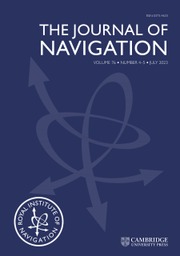No CrossRef data available.
Article contents
An autonomous localisation method of wall-climbing robots on large steel components with IMU and fixed RGB-D camera
Published online by Cambridge University Press: 10 February 2025
Abstract
Wall-climbing robots work on large steel components with magnets, which limits the use of wireless sensors and magnetometers. This study aims to propose a novel autonomous localisation method (RGBD-IMU-AL) with an inertial measurement unit and a fixed RGB-D camera to improve the localisation performance of wall-climbing robots. The method contains five modules: calibration, tracking, three-dimensional (3D) reconstruction, location and attitude estimation. The calibration module is used to obtain the initial attitude angle. The tracking and 3D reconstruction module are used jointly to obtain the rough position and normal vector of the robot chassis. For the location module, a normal vector projection method is established to screen out the top point on the robot shell. An extended Kalman filter (EKF) is used to estimate the heading angle in the attitude estimation module. Experimental results show that the positioning error is within 0⋅02 m, and the positioning performance is better than that of the MS3D method. The heading angle error remains within 3⋅1°. The obtained results prove its applicability for the autonomous localisation in low-texture and magnetically disturbed environments.
- Type
- Research Article
- Information
- Copyright
- Copyright © The Author(s), 2025. Published by Cambridge University Press on behalf of The Royal Institute of Navigation



